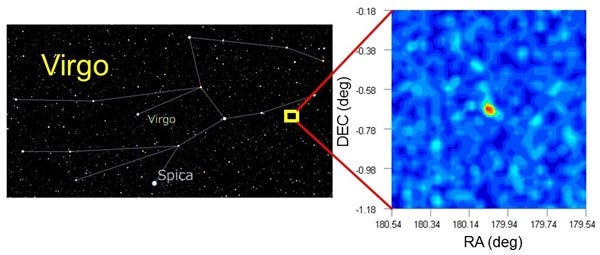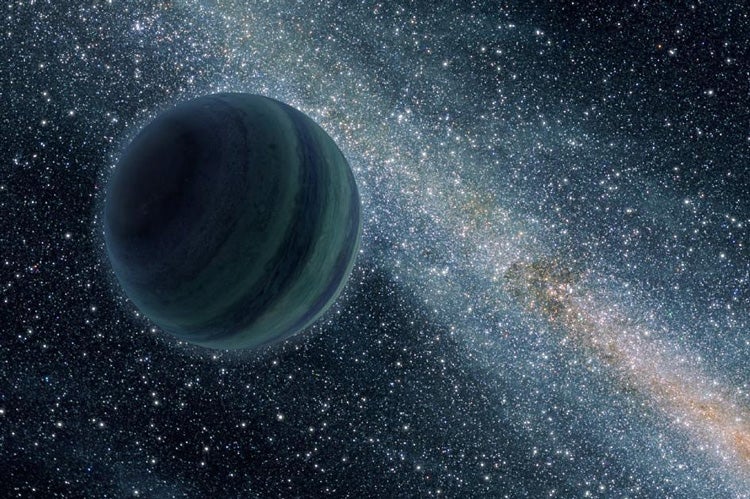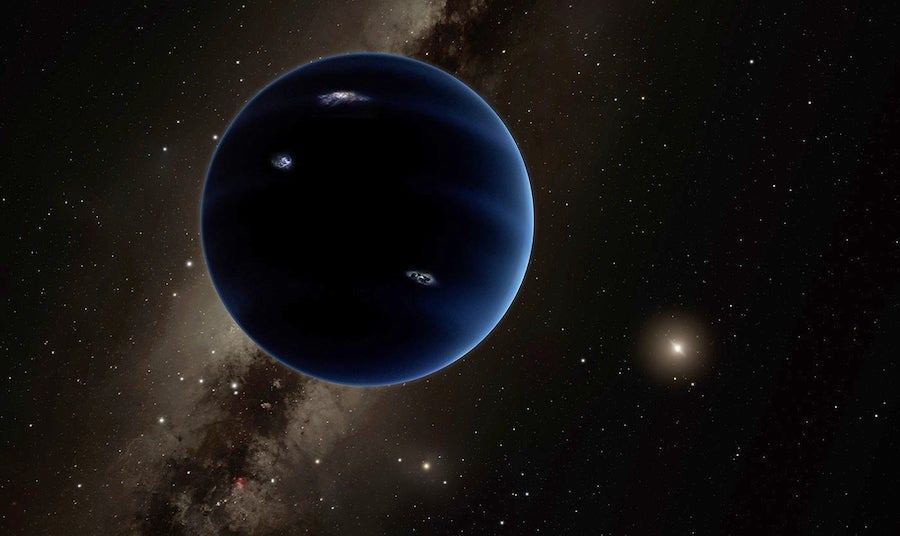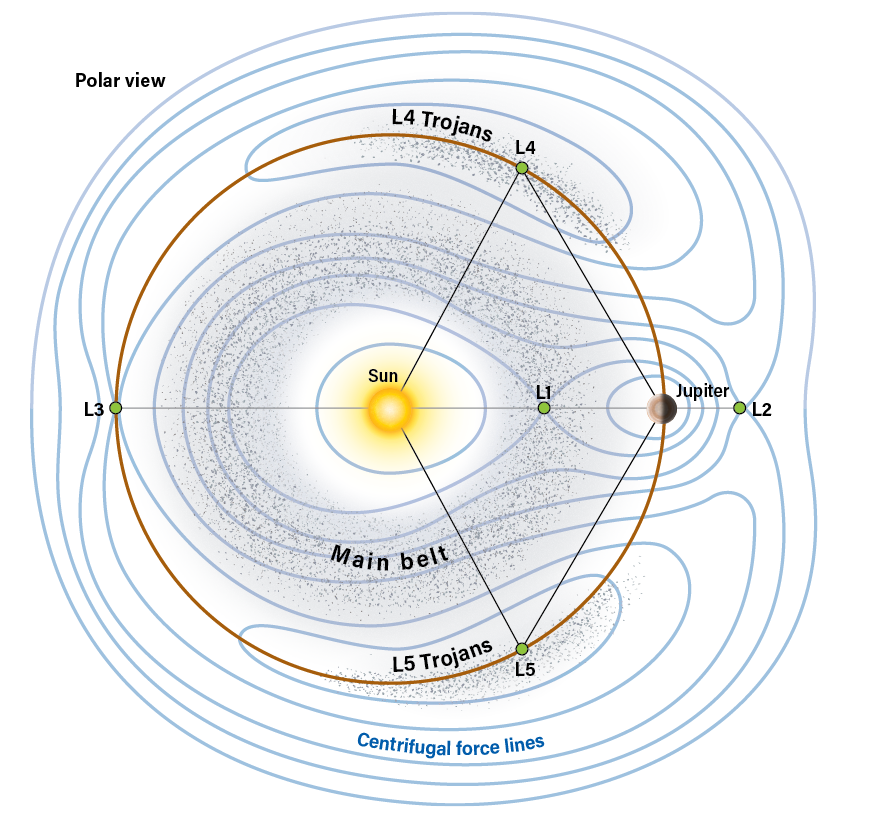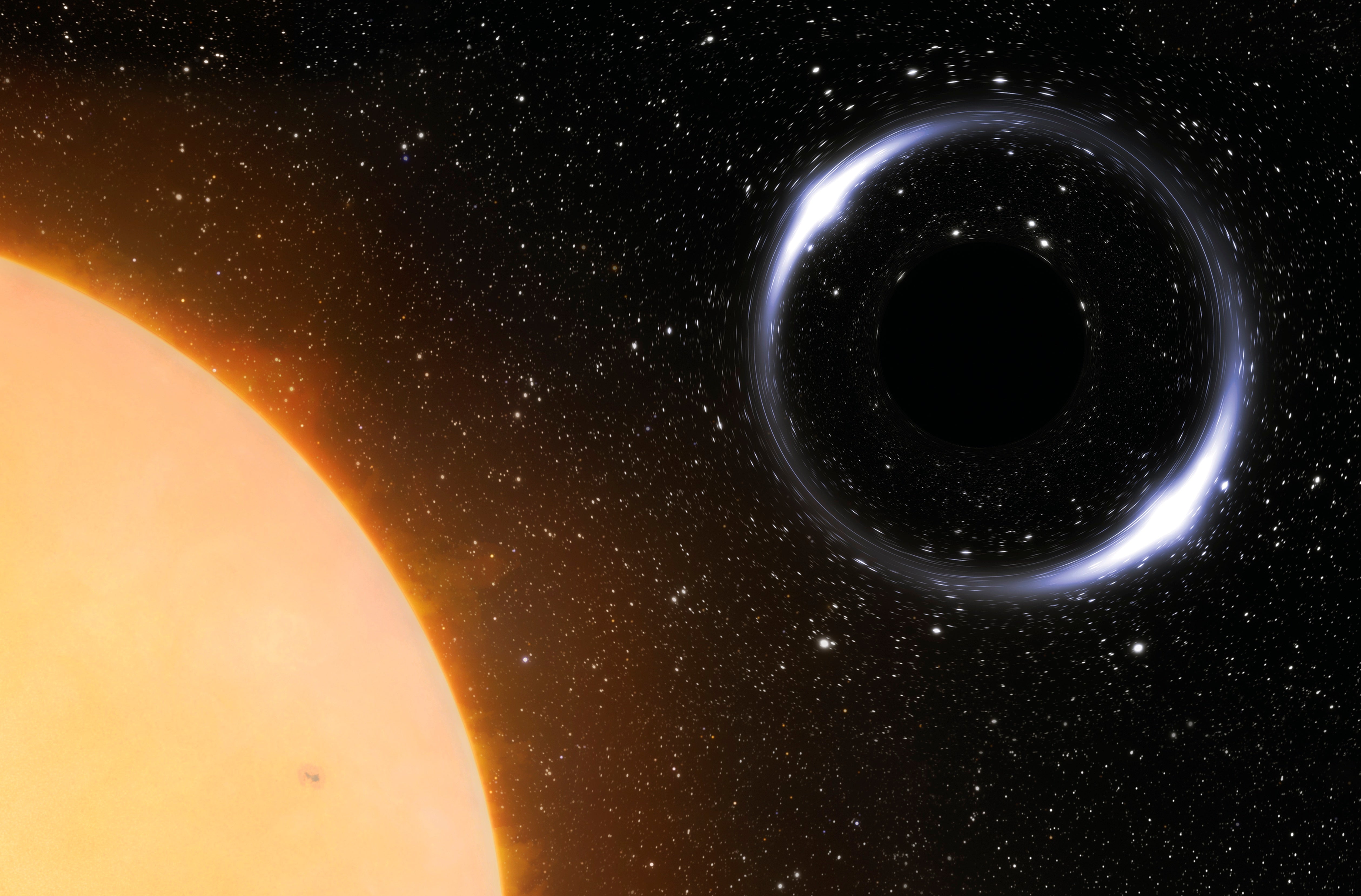Researchers from Tohoku University led an international team in a discovery of an extremely faint dwarf satellite galaxy of the Milky Way.
This discovery was part of the Subaru Strategic Survey, a study that wanted to maximize searches for Milky Way satellite galaxies. The study used the Hyper Suprime-Cam (HSC), a large digital still camera for the 8.2 meter Subaru telescope. Through the combination of the large aperture of the Subaru Telescope and the field-of-view, the HSC instrument provided an effective search for very faint dwarf satellites.
Graduate student at Tohoku University Daisuke Homma found the satellite, named Virgo I, under the direction the leader of the project, Masashi Chiba, and the international collaborators.
“We have carefully examined the early data of the Subaru Strategic Survey with HSC and found an apparent over density of stars in Virgo with her high statistical significance, showing a characteristic pattern of an ancient stellar system in the color-magnitude diagram,” Homma said in a press release. “Surprisingly, this is one of the faintest satellites, with absolute magnitude of -0.8 in the optical waveband. This is indeed a galaxy, because it is spatially extended with a radius of 124 light years – systematically larger than a globular cluster with comparable luminosity.”
The first step in the process of discovering faint dwarf satellites is to use photometric data to discover an over density of stars. Next, the team assesses whether or not the over density is caused by line-of-sight or accidental juxtaposition of unrelated dense fields. They typically do this by looking at the color-magnitude diagram for characteristic distribution of stars. Stars in a general field typically won’t show patterns in the diagram.
Virgo I is named because of its location near the Virgo constellation and has a -0.8 magnitude, making it one of the faintest satellite galaxies found. It also opens the door to the question of if there are other, fainter satellites that haven’t yet been found, as well as gaining an understanding of how galaxies form through hierarchical assembly of dark matter.
“The discovery implies hundreds of faint dwarf satellites waiting to be discovered in the halo of the Milky Way,” said Chiba. “How many satellites are indeed there and what properties they have, will give us an important clue of understanding how the Milky Way formed and how dark matter contributed to it.”

